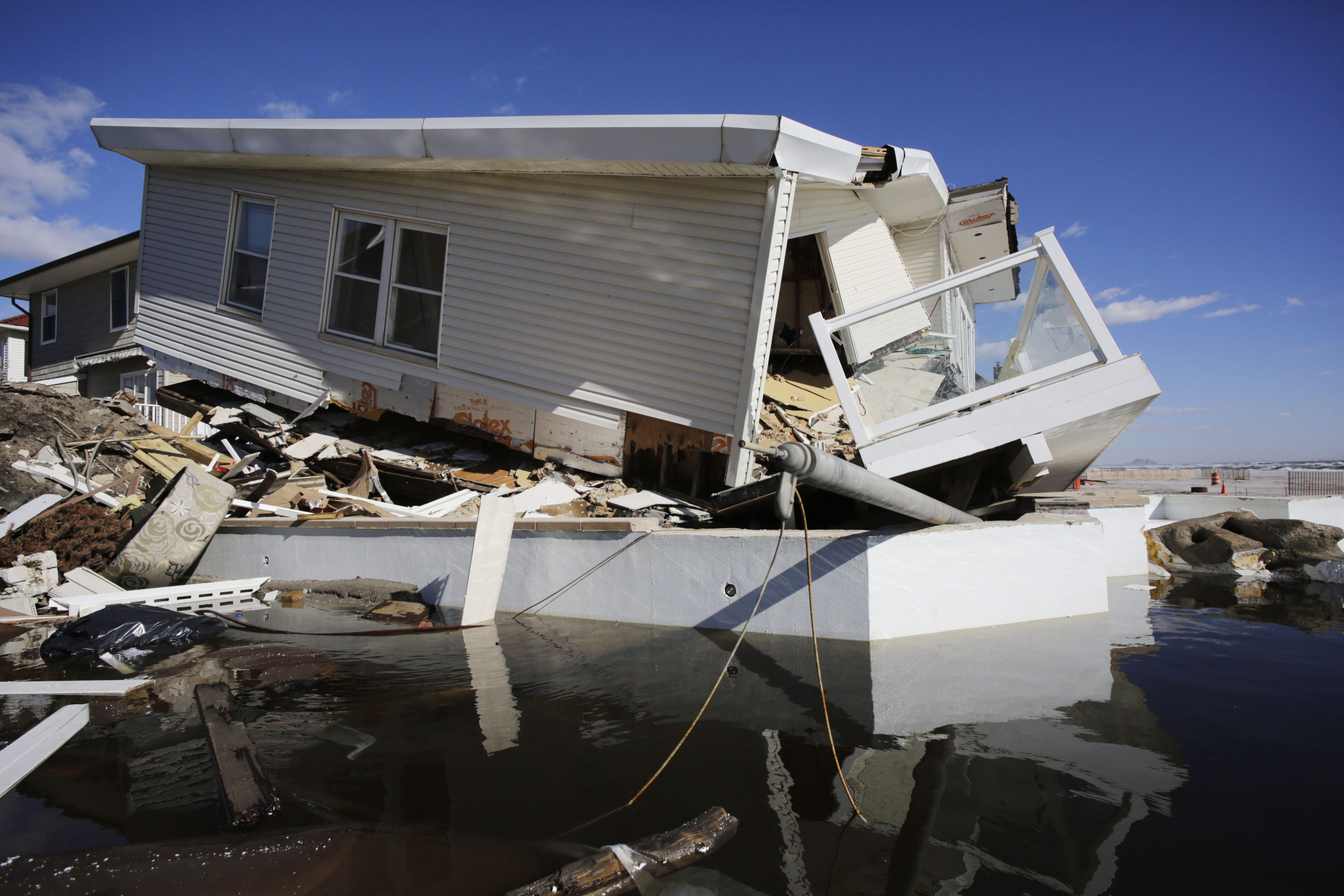Study: Climate change added $8 billion to Sandy’s damages
From DUMBO to Sea Gate, Brooklyn was hit hard by the storm

Climate change-triggered sea level rise added $8 billion in damage during 2012’s Superstorm Sandy, one of the nation’s costliest weather disasters, a new study said.
During Sandy — a late fall freak combination of a hurricane and other storms that struck New York and surrounding areas — the seas were almost 4 inches (9.6 centimeters) higher because of human-caused climate change, according to a study in Tuesday’s journal Nature Communications.
In Brooklyn, damages from Sandy were extensive.

Brooklyn Boro
View MoreNew York City’s most populous borough, Brooklyn, is home to nearly 2.6 million residents. If Brooklyn were an independent city it would be the fourth largest city in the United States. While Brooklyn has become the epitome of ‘cool and hip’ in recent years, for those that were born here, raised families here and improved communities over the years, Brooklyn has never been ‘uncool’.